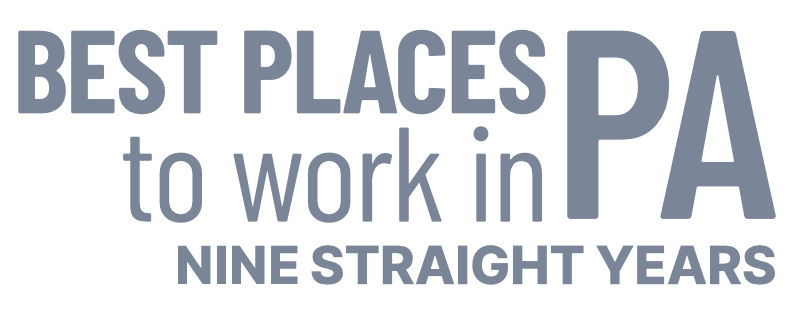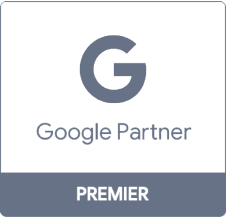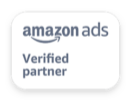How to Use YouTube for Marketing: Getting Subscribers
Getting YouTube subscribers
Subscribers are the end goal of any YouTube channel — even if you only want to use yours for occasional video promotions.
Subscribers are essentially YouTube’s versions of followers. Whenever you post a new video, your subscribers can see it right on their dashboard whenever they go to YouTube’s homepage.
When you have a lot of subscribers, you have a proportionately high chance that someone will view your video right away — no promotion needed!
So how do you actually get those subscribers?
1. Consistent content
The first obstacle to obtaining new subscribers is consistently uploading content to your YouTube channel.
In terms of subscribers, consistency trumps all other parts of a YouTube channel. Consistency is the factor that keeps your channel active and engaging, even if your subscribers don’t view every video you produce.
The best way to achieve consistency is to schedule your videos far in advance. Lay out a plan that details exactly how you’ll create videos, who’s responsible for different parts, and when you’ll post the finished product.
Give yourself plenty of time to work, too. Even if you’re only creating a 30-second clip, there’s still lots of prep work that needs to go into every video, and there’s even more that can go wrong over the course of production.
The best way to bridge both of those pitfalls is to work well ahead of schedule.
Then, once you finish the videos that you’ve scheduled, post them on a consistent schedule. You should also post that schedule on your YouTube channel’s description, so your subscribers know when to expect new content.
You can even post the exact dates of upcoming videos to make sure everyone knows when you’ll post your next upload.
Regardless of how you choose to do it, it’s important that you regularly update your channel with new content.
And since you’re spending so much time on your YouTube videos, you should also make sure your content matches your audience.
2. Useful content
Along with consistency, it’s critical for you to post useful content to your YouTube channel.
First, it’s important to note that “useful” doesn’t necessarily mean “high production values.” You can post a video you took with your phone as long as it shows someone how to solve a problem.
Second, it’s also essential to remember that showing someone how to do something is much more informative and successful than telling someone.
So if you have the opportunity, you could take on a challenge, film your process, and showcase the results. Even if your filming process takes several hours, you can still cut and edit the footage into a tight video that shows the main points so that it’s not too long.
And speaking of editing, a big part of creating useful videos is making sure that viewers can find the information they need quickly. To do that, your videos should be edited together to show the most important points, with supporting information and demonstrations quickly following.
To do that, it’s critical to keep in mind that your videos shouldn’t spend a lot of time showcasing your brand or talking about your business — you can do both of those things at the beginning and end of your videos for a few seconds each.
The meat of your videos should only consist of information that’s helpful for your viewers.
Basically, videos work best when they’re genuinely made for the people who watch them. And once you accomplish that, you’ve also made a video that’s perfect for promotion, since it’s naturally helpful to the people who watch it.
Then, at the beginning and / or end, they see your brand name, ensuring they remember who helped them solve a problem.
3. Follow best practices (see section 9)
Best practices are a huge part of getting views and subscribers for your YouTube channel. There are set guidelines that you should follow in order to maximize the chances that people will watch and share your videos.
However, there are so many that they deserve their own section. We’ll cover all of these best practices in section 9, so we can focus on them completely.
4. Use annotations
Annotations are customizable, clickable links that you can add to your video in YouTube’s editor, as we discussed in previous sections.
But they’re not just for supplemental information — they’re also great ways to get subscribers.
Annotations allow you to plant a link to your YouTube channel right on your video. That means if someone isn’t a subscriber, they can click on your link, go to your channel, and subscribe right away.
That’s helpful since you can find YouTube videos anywhere, including social media and other websites.
So if someone takes your video and embeds it in their website, people watching it can still click back to your YouTube channel and subscribe.
Subscription annotations are best used at the beginning and / or end of your video, where you’d usually place the branding. The combination of branding and annotations work so well because they’re related to one another and naturally tell a viewer what to expect by clicking an annotation.
You can also use annotations at relevant points throughout your video to link viewers to product pages, articles, and other supplemental information.
However, you should only use one or two annotations per video. We’ll discuss that further in section 9 where we cover best practices.
5. Ask viewers to subscribe
One of the most underrated methods for building subscribers is simply asking for them.
Asking for subscribers is most effective when you do it at the end of a video. This can go along with your branding and annotations to create a comprehensive section of your video that’s dedicated to improving your marketing outlets.
Plus, you can also create an interactive element of your video between the actual video and the annotations you add.
Some channels like to do this by having a spokesperson ask for subscribers at the end of a video and pointing to an area above them where an annotation appears. That annotation can then take viewers to the channel page or homepage of the company that produced the video.
Your choice will depend on your marketing goals. But regardless of what you choose, you can achieve success with this method.
6. Create a channel trailer
Channel trailers are specific YouTube videos that automatically play whenever someone views the front page of your channel.
These trailers are specifically designed to showcase your channel’s content, not necessarily provide content. They’re your first impression with potential subscribers, and they can make the difference between a new viewer and a bounce on your channel.
There are a few keys to creating a successful channel trailer:
- Introduce yourself, assuming the viewer hasn’t heard of you
- Stay short — 30 seconds, maximum
- Ask viewers to subscribe in your trailer with annotations
These three factors can help turn your channel trailer into an excellent brand introduction that earns new subscribers.
Go Back Start Reading: YouTube Paid Promotion →
Related Resources
- An All-Inclusive Guide to YouTube Thumbnails and How to Create Ones That Generate Clicks
- Benefits of YouTube for Business
- Creating a YouTube Channel
- Embedding YouTube Video
- How B2B Companies Can Benefit from YouTube
- How Does YouTube’s Algorithm Work?
- How Much Does YouTube Advertising Cost?
- How to Audit a YouTube Channel in 6 Steps
- How to Create a YouTube Marketing Strategy
- How to Use YouTube for Marketing
Marketing Tips for Niche Industries
- Facebook Marketing for Dentists from WebFX
- Facebook Marketing for Gyms
- Facebook Marketing for Restaurants
- Franchise Social Media: the Guide to Franchise Social Media Marketing
- How Contractors Can Use Social Media to Increase Sales
- How Daycares Should Use Facebook Advertising
- How Restaurants Can Effectively Use Social Media Marketing
- How Social Media Works for Contractors
- How to Advertise Your Nonprofit on Facebook
- How to Use Pinterest to Market a Restaurant
Find Us Driving Revenue Nationwide
- Ann Arbor, MI Social Media Agency
- Social Media for Atlanta, GA
- Social Media for Baltimore, MD
- Social Media for Boston, MA
- Social Media for Charlotte, NC
- Social Media for Chicago, IL
- Social Media for Cincinnati, OH
- Social Media for Cleveland, OH
- Social Media for Columbus, OH
- Social Media for Houston, TX









